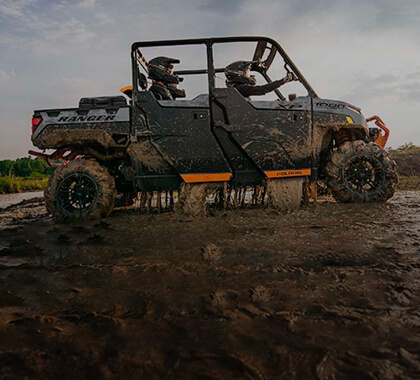As summer approaches, keeping your Polaris Ranger Crew cool is a top priority. However, there are a few things you need to keep in mind to ensure that your vehicle stays at a safe temperature and doesn't overheat during your summer rides.
Firstly, it's important to note that non-OEM coolants can be more effective, especially if you live in areas where the temperature doesn't go below zero. By cutting back on antifreeze or using coolants like Evans Waterless or Water Wetter, you can keep your Crew a few degrees cooler. These coolants don't expand like regular coolants, but be sure to follow the instructions properly.
One common issue that arises with the Crew cooling system is the temperature sensor going out or showing a wild range of readings. A worn-out belt could be the culprit in this case. If your belt is getting worn, it will put your machine into limp mode, but you should be able to shut the key off then restart and be good again. When the engine turns faster than it should due to a worn belt, the ECM puts the engine in limp mode to prevent damage. Turning the key off and restarting will reset it until you pass those set parameters again.
In addition to keeping your Crew's internals cool, you may also want to keep yourself and your fellow passengers cool in the cab. Some Polaris Ranger Crews come stock with air conditioning units, like the Northstar Edition, but if you have an older model, you can retrofit it with one. You need a dash kit that replaces the center cup holders, screen, and wiring kit. While some riders have expressed mild concerns about the condenser being mounted in the front instead of under the driver's side seat like it was in older models, the best place to mount the condenser is actually the front, with more air flow. However, if you ride in a lot of mud, be sure to keep the condenser and other exposed components clean. The more mud, the higher the head pressure in the AC system.
In conclusion, by using appropriate coolants and keeping an eye on your Crew's temperature sensor and belt, you can ensure that your vehicle remains cool and safe during summer rides. Additionally, installing an air conditioning unit in the cab can keep you and your passengers comfortable even on scorching hot days.





